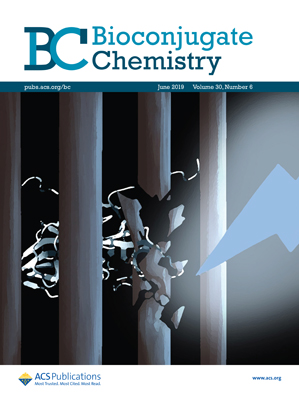
Publication I December 11, 2020
Triazine-Modified 7-Deaza-2′-deoxyadenosines: Better Suited for Bioorthogonal Labeling of DNA by PCR than 2′-Deoxyuridines
6-Ethynyl-1,2,4-triazine is a small bioorthogonally reactive group we applied for fluorescent labeling of oligonucleotides by Diels–Alder reactions with inverse electron demand. We synthetically attached this functional group to the 7-position of 7-deaza-2′-deoxyadenosine triphosphate and to the 5-position of 2′-deoxyuridine triphosphate. Both modified nucleotide triphosphates were used in comparison for primer extension experiments (PEX) and PCR amplification to finally yield multilabeled oligonucleotides by the postsynthetic reaction with a highly reactive bicyclo[6.1.0]nonyne–rhodamine conjugate. These experiments show that 6-ethynyl-1,2,4-triazine is much better tolerated by the DNA polymerase when attached to the 7-position of 7-deaza-2′-deoxyadenosine in comparison to the attachment at the 5-position of 2′-deoxyuridine. This became evident both by PAGE analysis of the PCR products and real-time kinetic observation of DNA polymerase activity during primer extension using switchSENSE®. Generally, our results imply that bioorthogonal labeling strategies are better suited for 7-deaza-2′-adenosines than conventional and available 2′-deoxyuridines.
Bioconjugate Chemistry